Feature
Australia’s multi-domain spending spree
Australia is committing to significant investment in its military across the contested domains but has exhibited confused acquisition strategy. Gordon Arthur reports.
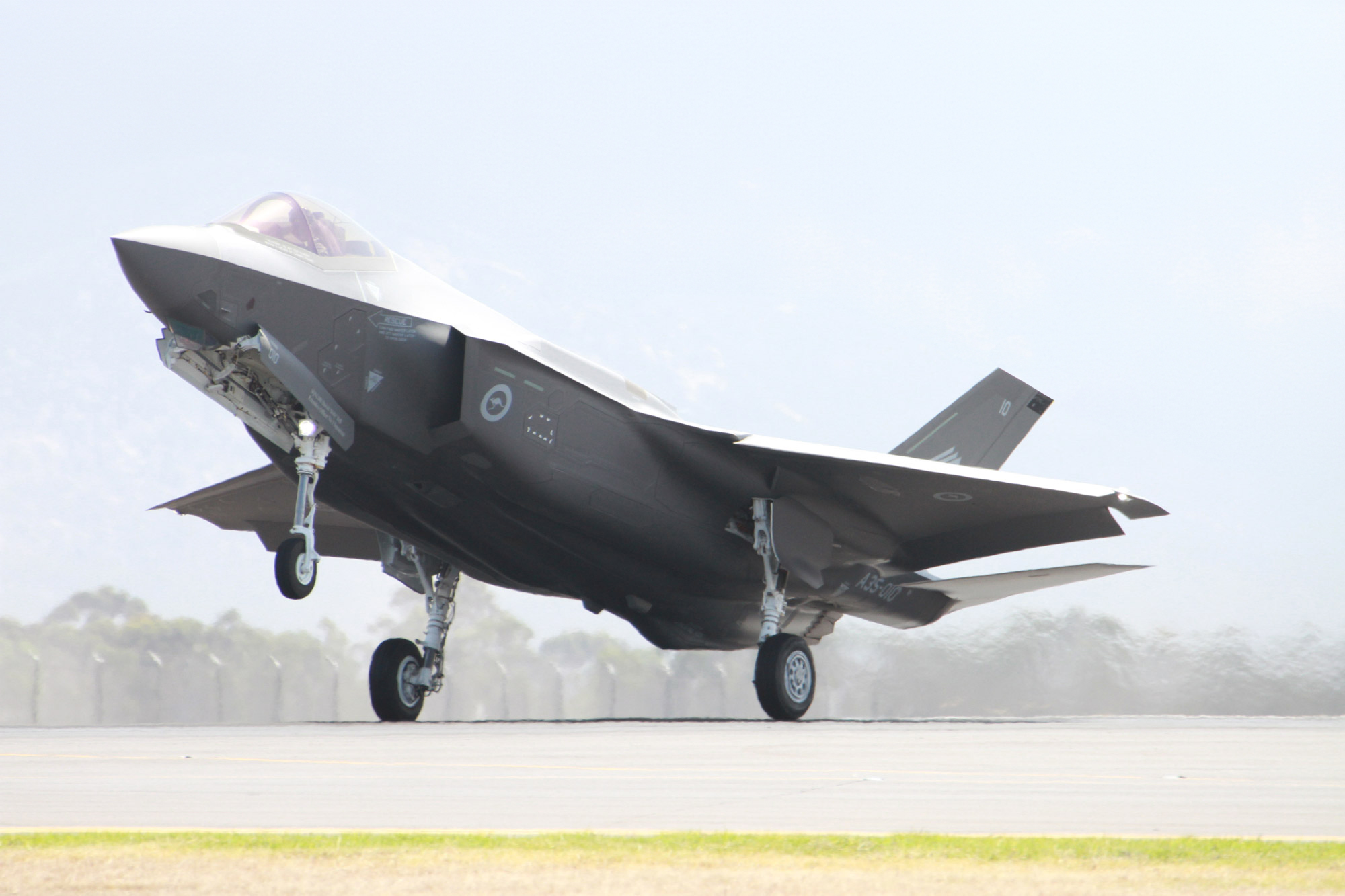
The RAAF once spoke of obtaining up to 100 F-35A fighters, but it has capped its fleet at three squadrons and 72 F-35As. Credit all images: Gordon Arthur
For a nation of just 27 million people, Australia has grand defence ambitions. This was reflected in its 2024/25 federal budget that allocated a record A$55.7bn ($36.8bn) to defence, rising 6.3% compared to last year.
Furthermore, April’s National Defence Strategy promised that defence expenditure will dramatically ramp up from 2027-28, at which point it should reach A$67.4bn, before jumping to A$100bn by 2033-34. According to analysis by GlobalData, Australia’s acquisition budget is primarily expected to increase due to the procurement of aircraft, submarines, naval vessels, and missiles.
Indeed, because of strategic uncertainty caused by China and Russia, the National Defence Strategy urged six immediate actions: invest in nuclear-powered submarines (SSN); enhance long-range precision strike and manufacture munitions domestically; improve the ability to operate from northern bases; introduce disruptive, new technologies; grow the defence workforce; and deepen Indo-Pacific partnerships.
The strategy concluded that the Australian Defence Force (ADF) must “hold an adversary at risk farther from our shores” and employ a strategy of denial.
All at sea
Nuclear-powered attack submarines (SSN) are already gorging upon this year’s Royal Australian Navy (RAN) FY2024-25 budget of A$10.7bn– they will chew up A$2.8bn of it. The current premise is that Australia will receive the first of three Virginia-class boats in 2033 and five locally manufactured SSN-AUKUS boats in the early 2040s.
Unfortunately, Australian submarine programmes habitually run behind schedule, and Malcolm Davis, senior analyst at the Australian Strategic Policy Institute (ASPI), told Global Defence Technology that “now we’re facing this risk of a serious capability gap as the SSNs really don’t start turning up until the mid-2030s”.
We’re facing this risk of a serious capability gap as the SSNs really don’t start turning up until the mid-2030s
Malcolm Davis, senior analyst, ASPI
With the situation worsened by the cancelled French Attack-class debacle, this serious gap will occur when the threat of Chinese action against Taiwan is perhaps severest later this decade. Consequently, the RAN must rely on six ageing Collins-class submarines for years to come.
Confused planning by successive Australian governments is evident in the surface combatant fleet too. The Enhanced Lethality Surface Combatant Fleet review, released in February 2024, recommended a 26-strong warship fleet. However, the rub is that the RAN currently has just ten surface combatants, dropping to nine in 2026, and not rising until 2030.
The review listed the following surface combatant make-up: Tier 1 with three Hobart-class destroyers and six Hunter-class frigates; Tier 2 with eleven general-purpose frigates and six large optionally crewed surface vessels. The latter, boasting 32 missile cells and based on a US design, should enter service from the mid-2030s.
After the Hunter class was cut from nine vessels to six, BAE Systems Australia commenced construction of the first-of-class in Adelaide on 21 June 2024. A day earlier, the production contract for three frigates had been signed, with a company spokesperson telling Global Defence Technology, “The intent of structuring the contract for multiple batches of three vessels was to allow for any further changes to the design if additional capabilities were to be incorporated.” The RAN should receive HMAS Hunter in 2032.
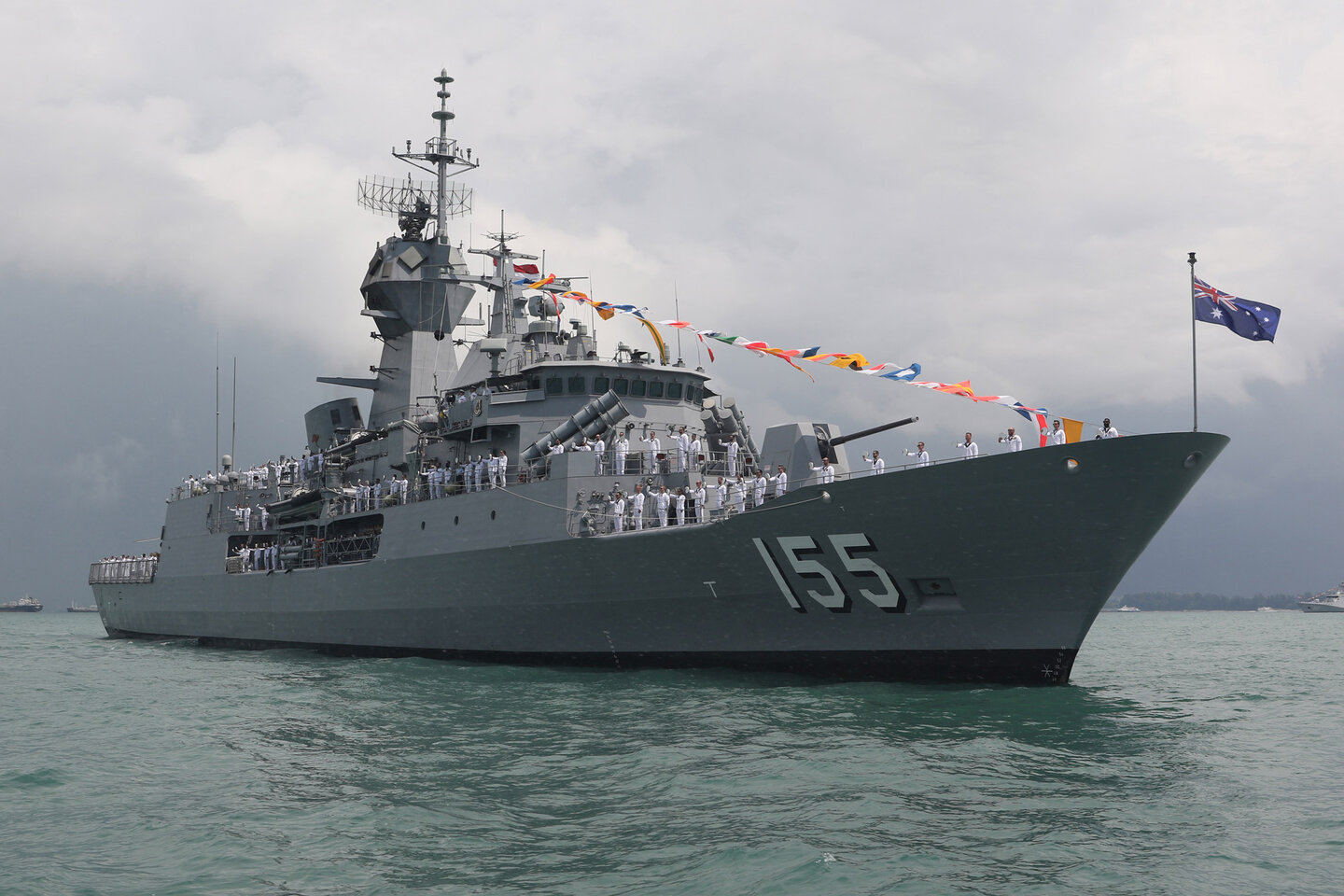
Australia had been operating eight Anzac-class frigates, but it has already retired one, and the class will be supplanted by eleven general-purpose frigates.
Because of this looming warship gap, Australia will rapidly select and buy eleven off-the-shelf frigates – the first three built overseas (stage 1) and the remainder in Australia (stage 2). The shortlisted contenders are; the ThyssenKrupp Marine Systems MEKO A-200, Mitsubishi Heavy Industries 30FFM, Hyundai Heavy Industries/Hanwha Ocean FFX Batch II/III, and Navantia Alfa 3000. Responses to the stage 1 tender closed on 22 June, while stage 2 (Australia-based construction of six ships) bids were due in July.
Shortlisting of two designs will occur in November 2024, ahead of selection in 2025 and first delivery in 2030. However, rushing an interim platform into service will play havoc, since the new warships will likely possess sensors, weapons, and systems unfamiliar to the RAN – like Saab’s 9LV combat management system and CEA radars.
The RAN is now spurning offshore patrol vessels (OPV) too, with twelve Arafura-class vessels being built by Luerssen Australia slashed to just six. These OPVs will form part of a 25-strong fleet of “minor war vessels”.
Up in the air
Combat in Ukraine confirms the value of uncrewed aerial vehicles (UAV) and loitering munitions. Although Australia has been rather ponderous in adopting such weapons, a flurry of midyear contracts will help eliminate some fissures.
On 8 July 2024, Canberra announced orders for an unknown quantity of AeroVironment Switchblade 300 loitering munitions. These will complement Innovaero’s One-Way Loitering (OWL) munition that is now being trialled by special forces; more of these 200km-range OWLs should reach the army later this year.
Then, on 15 July, the ADF revealed A$100m investment in UAVs – specifically the German Quantum-Systems Vector 2-in-1 and Australian Sypaq Systems CorvoX – these due next year. The government stated: “Defence continues expediting the acquisition of new drones while continuing to trial low-cost, expendable uncrewed and autonomous systems which are capable of production at scale, and able to operate in contested warfighting environments. This approach will add to the more than 20 drone systems already acquired…”
What government needs to be doing here is recognise that there are actually options on the shelf now that could be acquired
Malcolm Davis, senior analyst, ASPI
The Australian Army is in the process of fielding Insitu’s Integrator UAV, but the navy’s plans for Schiebel’s S-100 have been nixed. At the other end of the spectrum, the Royal Australian Air Force (RAAF) welcomed home the first of four MQ-4C Tritons in June.
The RAAF’s other significant UAV is the MQ-28A Ghost Bat loyal wingman being developed by Boeing Defence Australia. However, no replacement for the MQ-9B Reaper, whose selection was cancelled in 2022, is on the horizon.
The RAAF is well equipped with fighters, with just nine of 72 F-35A fighters awaiting delivery. It also operates 24 F/A-18F Super Hornets and twelve EA-18G Growlers. To enhance long-range strike, these fighters will receive AGM-158C Long-Range Anti-Ship Missiles, plus Kongsberg’s Joint Strike Missile will be integrated onto the F-35A. No further F-35As are being sought, but the Super Hornets and Growlers are due for retirement in the late 2030s.
Other aircraft pending arrival are four MC-55A Peregrine electronic warfare aircraft that are running two years behind schedule. The RAAF has also ordered 20 new C-130J Super Hercules to replace twelve older C-130Js that have been worked hard.
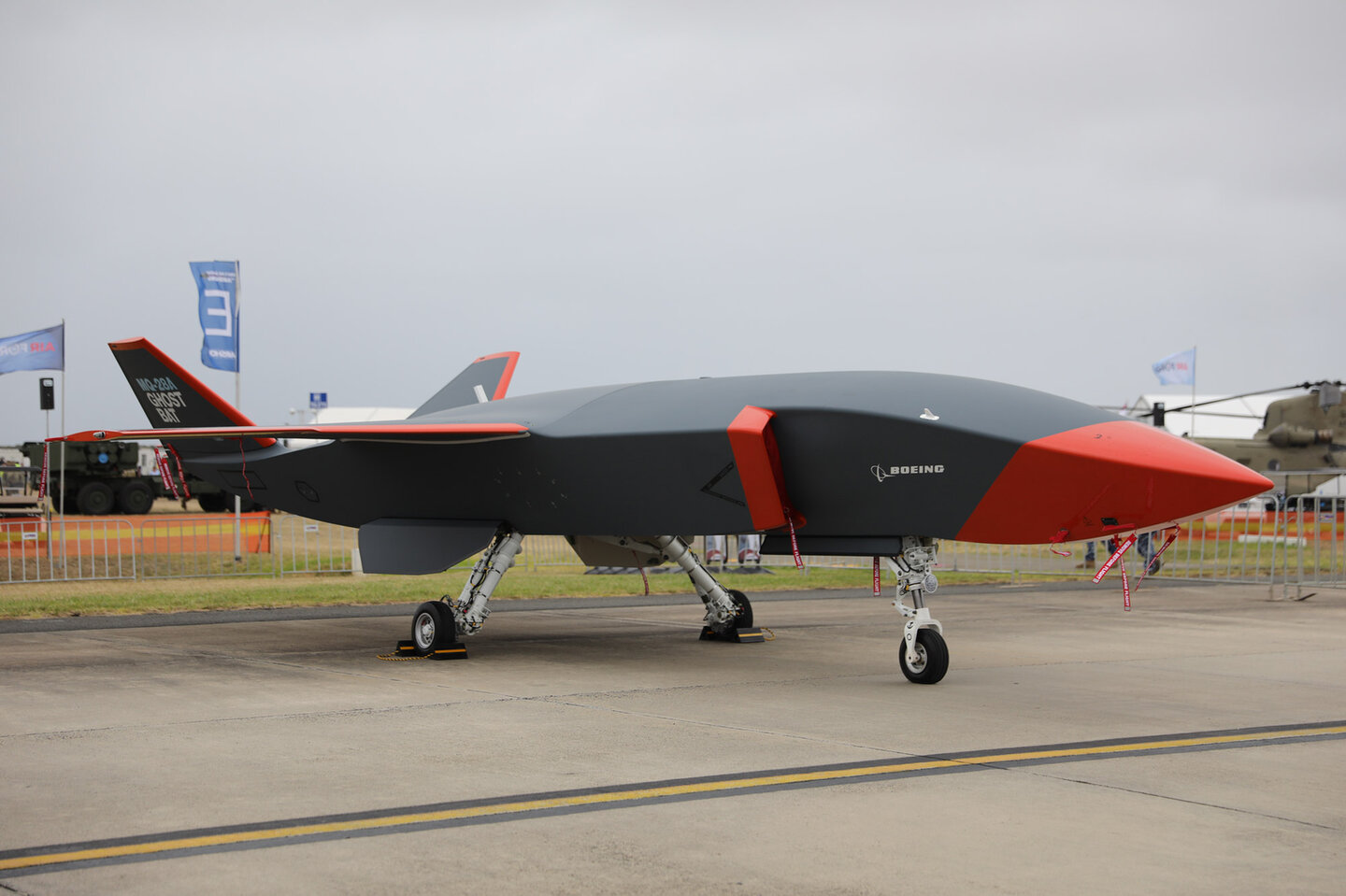
Uncrewed aircraft feature prominently in Australian thinking, including the Boeing MQ-28A Ghost Bat.
Elsewhere, another major capability gulf exists in Australian air defences, especially given the threat of Chinese ballistic missiles. Although the army is adopting NASAMS as a short-range system to replace the RBS 70, no other ground-based air defence system exists. Lockheed Martin Australia is introducing the overarching Project Air 6500 Joint Air Battle Management System, which will form the backbone of Australia’s A$18bn integrated air and missile defence network. Being sought first, under Project Air 6502 Phase 1, is a deployable, medium-range, ground-based air defence system.
With Australia’s penchant for American equipment, the Patriot air defence system may be in pole position for this future tender.
Davis of ASPI noted: “So what government needs to be doing here is recognise that there are actually options on the shelf now that could be acquired, such as Patriot and THAAD, to start to close that gap and allow Australia to have greater protection against longer-range threats.”
Staying grounded
The Australian Army has already decided many of its extant requirements, and a bevy of new equipment is waiting in the wings. For example, coming from the USA are HIMARS rocket launchers (x42); M1A2 SEPv3 Abrams tanks (x75); combat engineering vehicles (x29 M1150 Assault Breacher Vehicles and x17 M1074 Joint Assault Bridges); UH-60M Black Hawks (x40); and AH-64E Apache attack helicopters (x29).
Incidentally, helicopters represent an interesting case study of Australia’s all-to-frequent procurement morasses: the army illogically grounded its entire fleet of MRH90 Taipans last year and started disposing of them by burying them in the ground, particularly when such assets would have been welcomed by Ukraine.
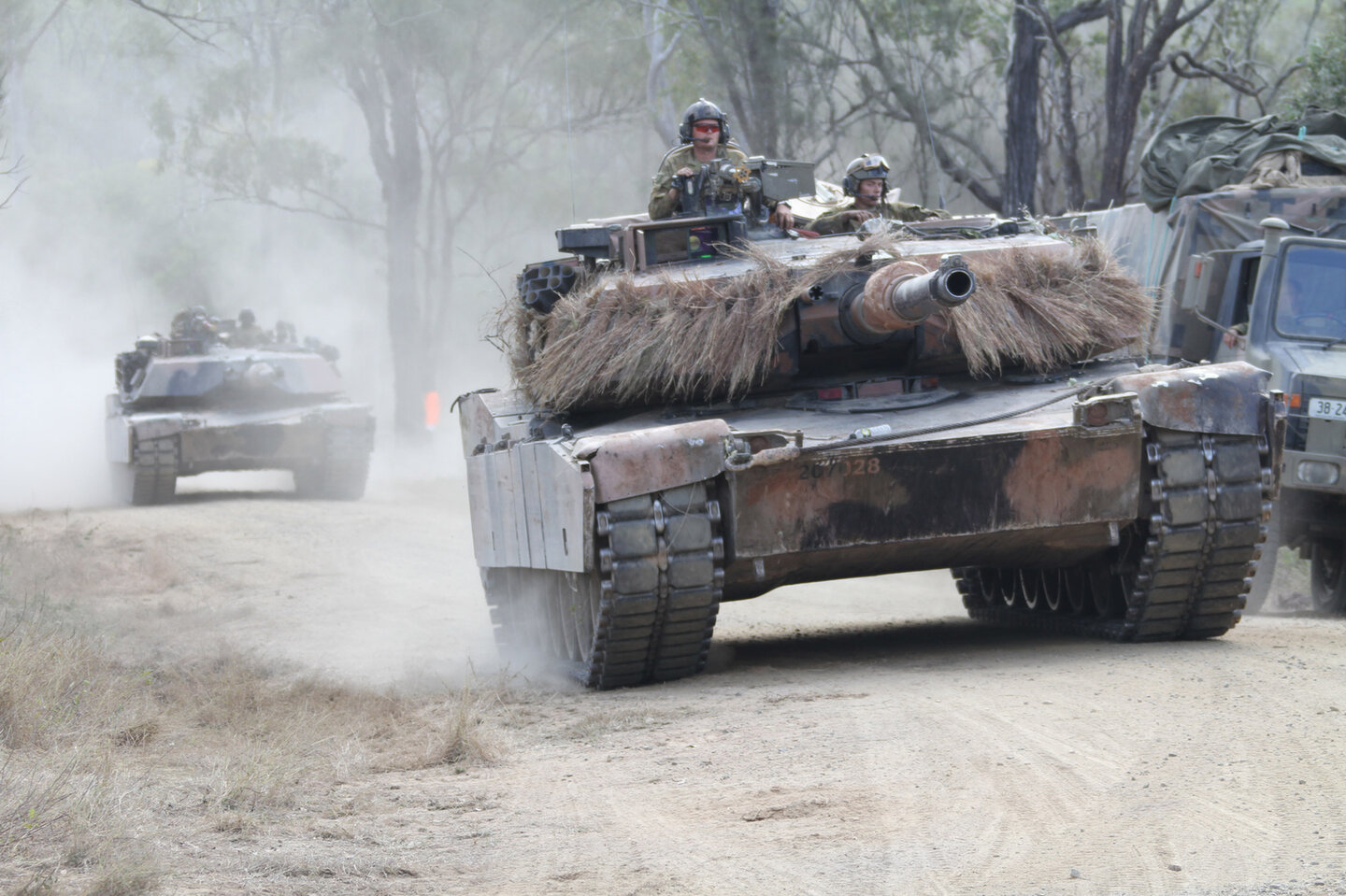
The Australian Army’s 59 M1A1 AIM Abrams tanks (pictured) are to be replaced imminently by 75 examples of the newer M1A2 SEPv3 Abrams.
Also being produced domestically are 211 Rheinmetall Boxer 8x8 vehicles, and Hanwha’s AS21 Redback infantry fighting vehicle and AS9 Huntsman self-propelled howitzer. Instead of buying a second regiment of AS9s, the army opted for additional HIMARS. The latter will greatly extend the range of Australian artillery capabilities, and the ADF will presumably acquire Precision Strike Missiles for HIMARS later on.
Yet to be decided is Project Land 4100 Phase 2’s requirement for land-based maritime strike; already, Thales Australia and Kongsberg are promoting the StrikeMaster, a Bushmaster vehicle that launches Naval Strike Missiles.
The army was forced to slash the Project Land 400 Phase 3 procurement of 450 Redbacks to just 129. To move its heavy armour around, the army is also investing in landing craft. Austal will build 18 of Birdon’s 50m-long Landing Craft Medium under Project Land 8710 Phase 1A, but Phase 2 for eight 3,000-5,000-tonne Landing Craft Heavy remains undecided.
Risk vs reward
This year’s Integrated Investment Program stated the government would direct 38% of funds to maritime capabilities, 22% to enterprise and enabling (e.g. infrastructure and information technology), 16% to land, 14% to air, 7% to cyber, and 3% to space over the coming decade.
We’re accepting an element of risk
Bec Shrimpton, ASPI director of Defence Strategy and National Security
Nonetheless, Bec Shrimpton, ASPI’s director of Defence Strategy and National Security, questioned whether the money allocated “is enough early enough,” since most significant spending increases only occur later this decade.
“So, we’re accepting an element of risk,” she concluded. Whilst admitting that transformation takes time, Shrimpton said a number of things must be done “to get things very quickly into the hands of the warfighter”.
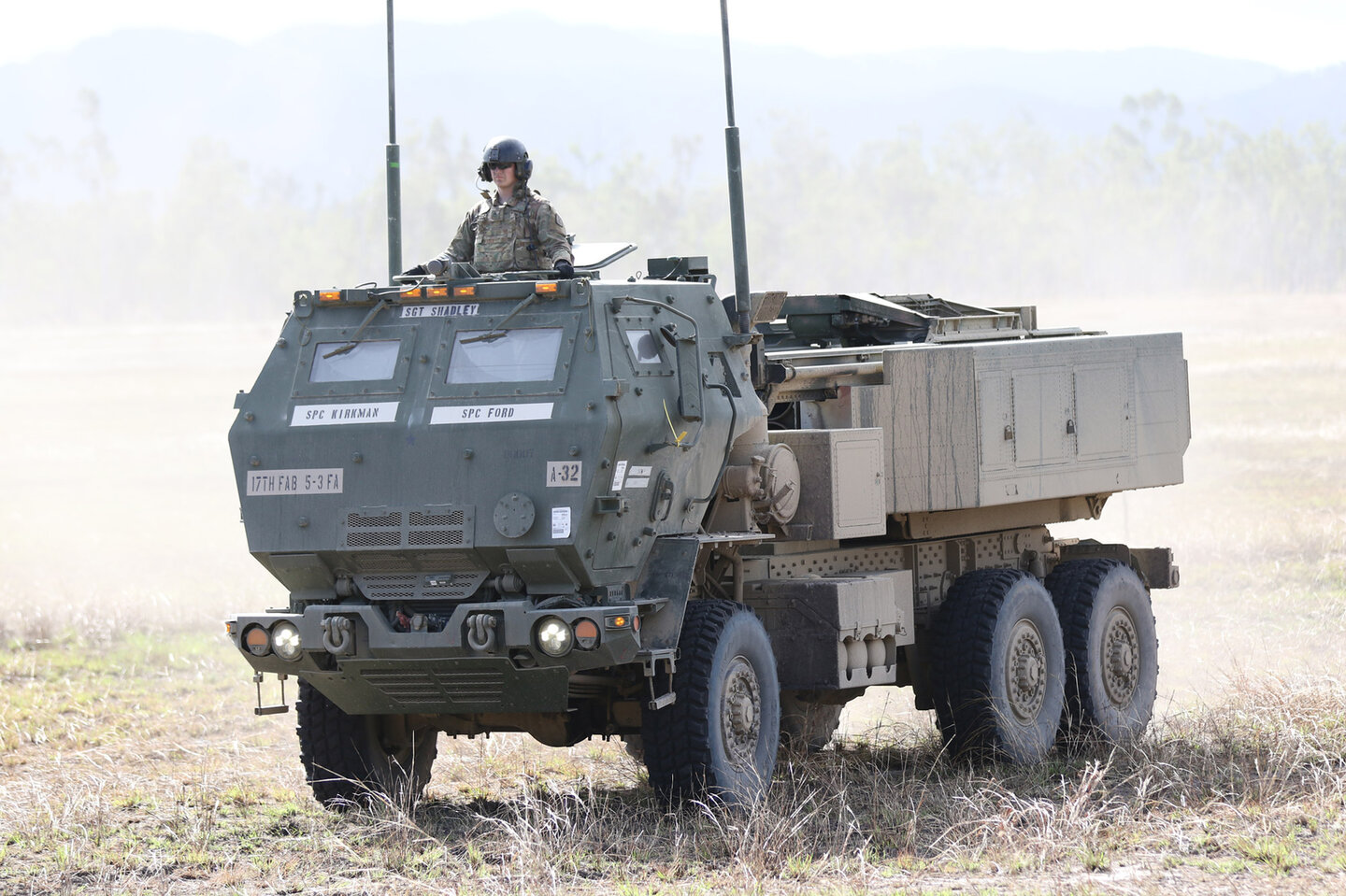
Australia is buying 42 units of Lockheed Martin’s HIMARS, the first time that the country has fielded rocket artillery.
Caption. Credit:
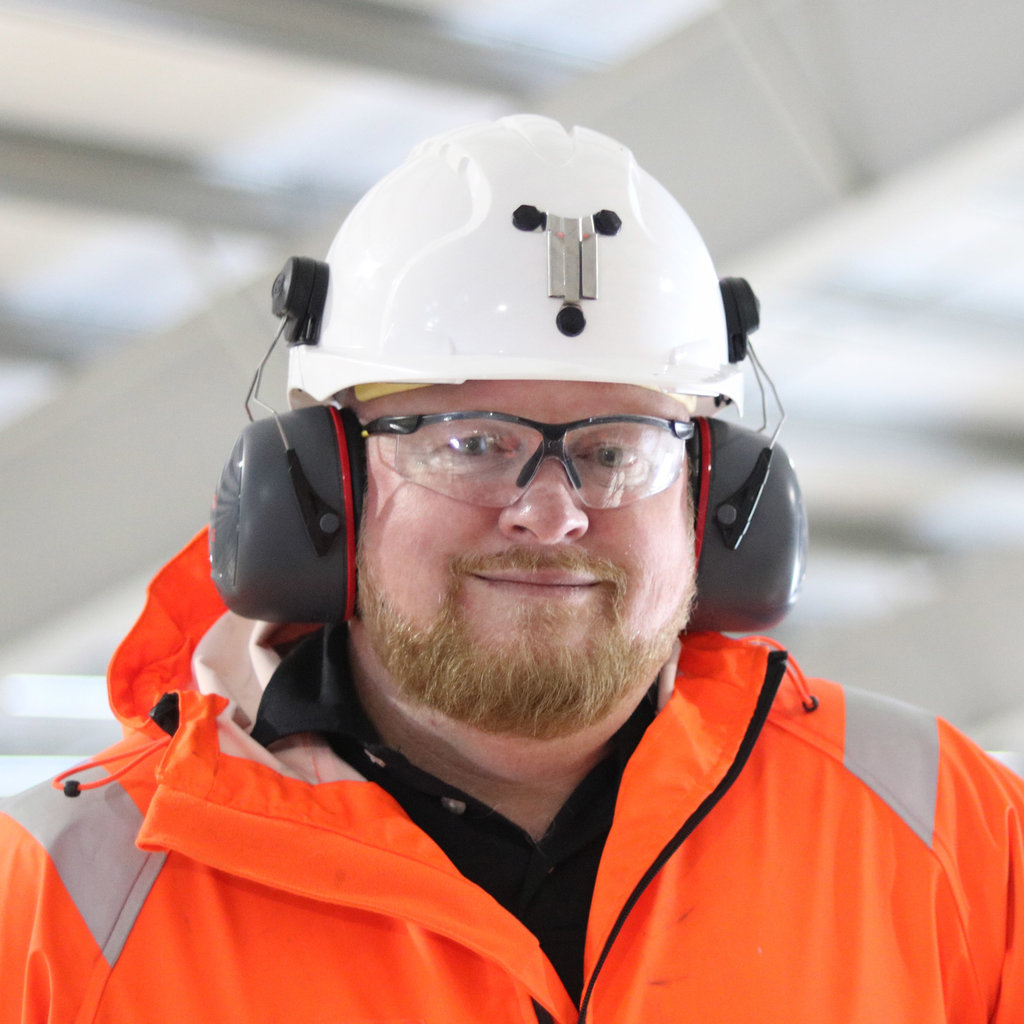
Phillip Day. Credit: Scotgold Resources
Total annual production
Australia could be one of the main beneficiaries of this dramatic increase in demand, where private companies and local governments alike are eager to expand the country’s nascent rare earths production. In 2021, Australia produced the fourth-most rare earths in the world. It’s total annual production of 19,958 tonnes remains significantly less than the mammoth 152,407 tonnes produced by China, but a dramatic improvement over the 1,995 tonnes produced domestically in 2011.
The dominance of China in the rare earths space has also encouraged other countries, notably the US, to look further afield for rare earth deposits to diversify their supply of the increasingly vital minerals. With the US eager to ringfence rare earth production within its allies as part of the Inflation Reduction Act, including potentially allowing the Department of Defense to invest in Australian rare earths, there could be an unexpected windfall for Australian rare earths producers.
